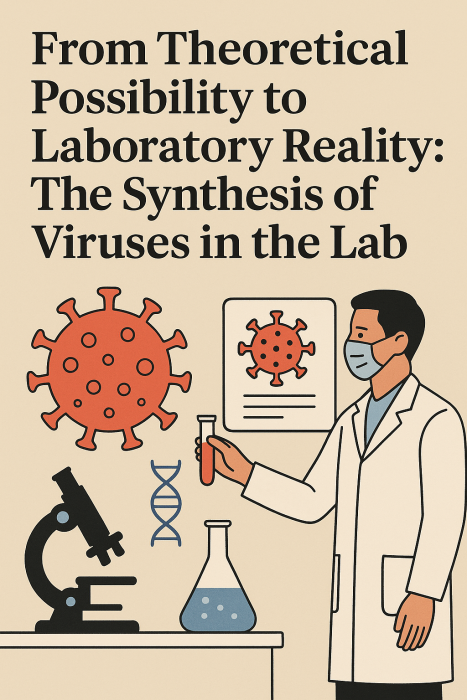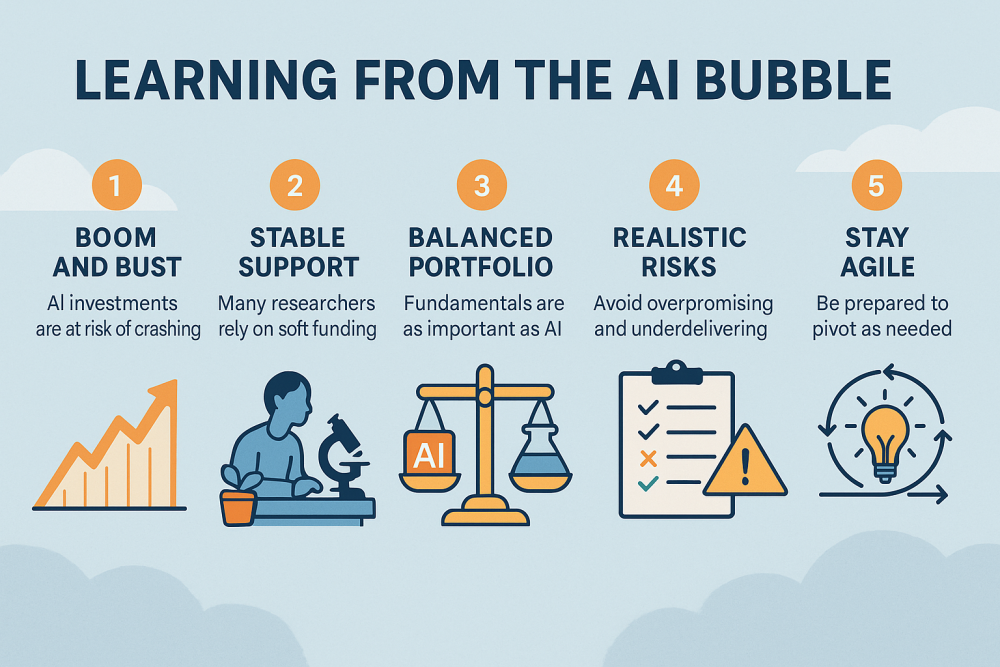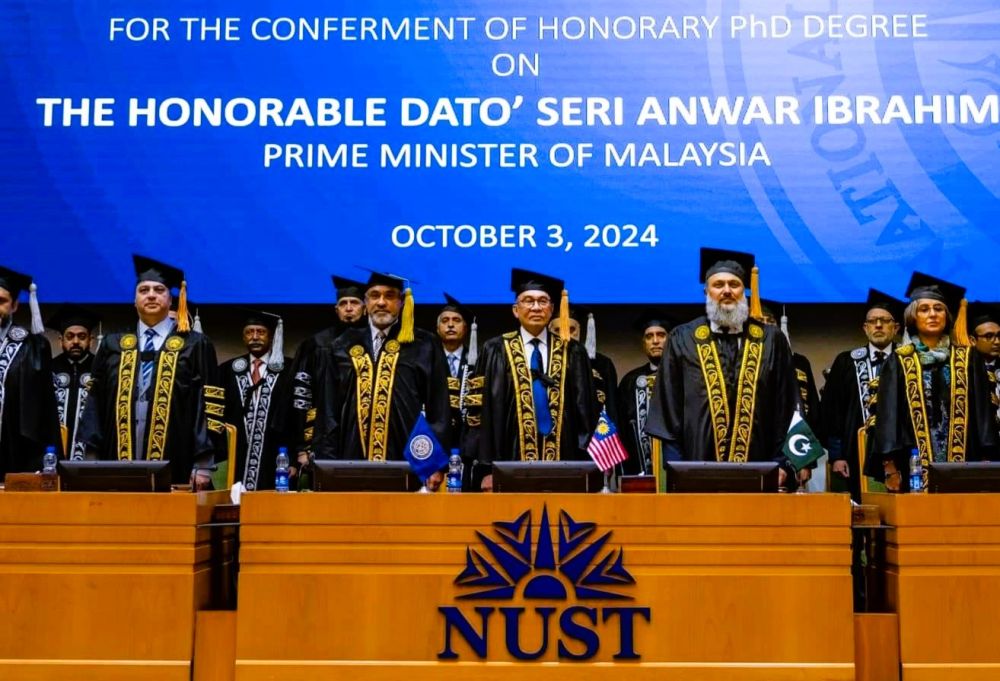210/25 From Theoretical Possibility to Laboratory Reality: The Synthesis of Viruses in the Laboratory
Posted 2 months ago
According to Profeessor Dr. Muhammad Mukhtar, a world-renowned virologist, during the COVID-19 pandemic, I frequently appeared on television to discuss various aspects of the crisis. A recurring question from both journalists and viewers was: "Is it possible for humans to create viruses?" My response was always the same: "Yes, it's theoretically possible." At the time, it was a concept grounded in scientific speculation.
Fast forward to recent developments, and that theoretical possibility has been realized. Scientists have successfully synthesized viruses in laboratory settings, marking a significant milestone in synthetic biology. A notable example is the creation of the first AI-designed viruses, which were engineered to target and eliminate antibiotic-resistant bacteria. This achievement not only demonstrates the practical application of artificial intelligence in designing coherent viral genomes but also reassures us about the responsible use of technology in biotechnology.
This advancement not only validates the theoretical discussions from the pandemic era but also opens new avenues for medical research and treatment strategies. The ability to design and synthesize viruses in the lab is not just a scientific skill, but a potential game-changer in combating infectious diseases and addressing challenges posed by antibiotic resistance.
As we continue to explore synthetic biology's potential, the line between theoretical possibility and practical reality becomes increasingly blurred. This offers promising prospects for the future of medicine and public health.





